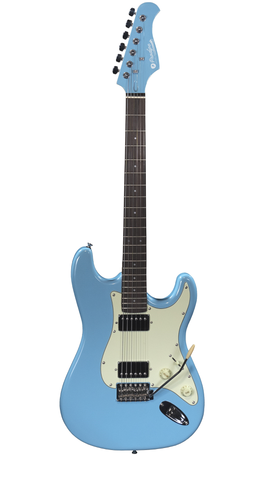

Then there’s a ‘spread’ switch for putting left and right outputs out of phase, and a headphone level control. On the front we find a preamp channel switch, a mini-jack input for the footswitch and a three-way mode selector for the reverb: room, plate or ‘ether’, the latter offering subtly modulated soundscapey largeness. On the bottom half, the two rows represent left and right output channels: first up are mix dials for the reverb, the only digital part of the Simplifier DLX then we come to the output stage, with controls for presence and resonance plus switches for KT88, E元4 or 6L6 valves finally, we can pick from ‘combo’, ‘stack’ and ‘twin’ cabinet types and adjust mic placement.Īnd now let’s tackle all the extra stuff around the sides. Are you thinking Vox, Fender and Marshall? Excellent work, Sherlock. One of these selects clean, crunch or lead gain the other is for the amp model: ‘AC Brit’, ‘American’ or ‘MS Brit’. Those top two rows are channels A and B, each with a three-band tonestack plus level, gain and – the really important bit – a pair of three-way toggle switches. But how to make sense of all those controls? Well, the key is to split the unit into top and bottom halves: preamp at the top, power amp (plus reverb, cab sim and virtual microphones) at the bottom. This immediately opens up the joys of clean/dirty switching in mid-song… and yes, there’s a footswitch included.īasic connectivity really is simple: plug your guitar into the main input, then take a lead from one of the outputs – jack or XLR – straight into your live PA or recording interface. You probably guessed that much from the aforementioned knob-frenzy, but part of the reason for such complexity is that we’re now dealing with two preamp channels. That was enough for the original one-channel Simplifier to win plenty of digital-sceptic fans – but the DLX version is a much more ambitious device. The concept of the compact modelling amp is no longer the novelty it was when the Strymon Iridium first appeared in 2019, but what really makes DSM & Humboldt stand out here is that its emulations are all analogue. READ MORE: The Big Review: Fender Acoustasonic Player Telecasterīut the DSM & Humboldt Simplifier DLX lives up to its name in another way: as a two-channel ‘amp in a box’ with speaker cabinet simulation and built-in stereo reverb, it can save you all the logistical complications inherent in wrestling with real amplifiers and microphones, whether that’s for gigging or recording.In fact, this is possibly the most un-simple pedal-sized guitar gadget we’ve ever seen. Tell you what, it takes guts to put 19 knobs, 18 switches and 12 sockets on something and call it a Simplifier.


 0 kommentar(er)
0 kommentar(er)
